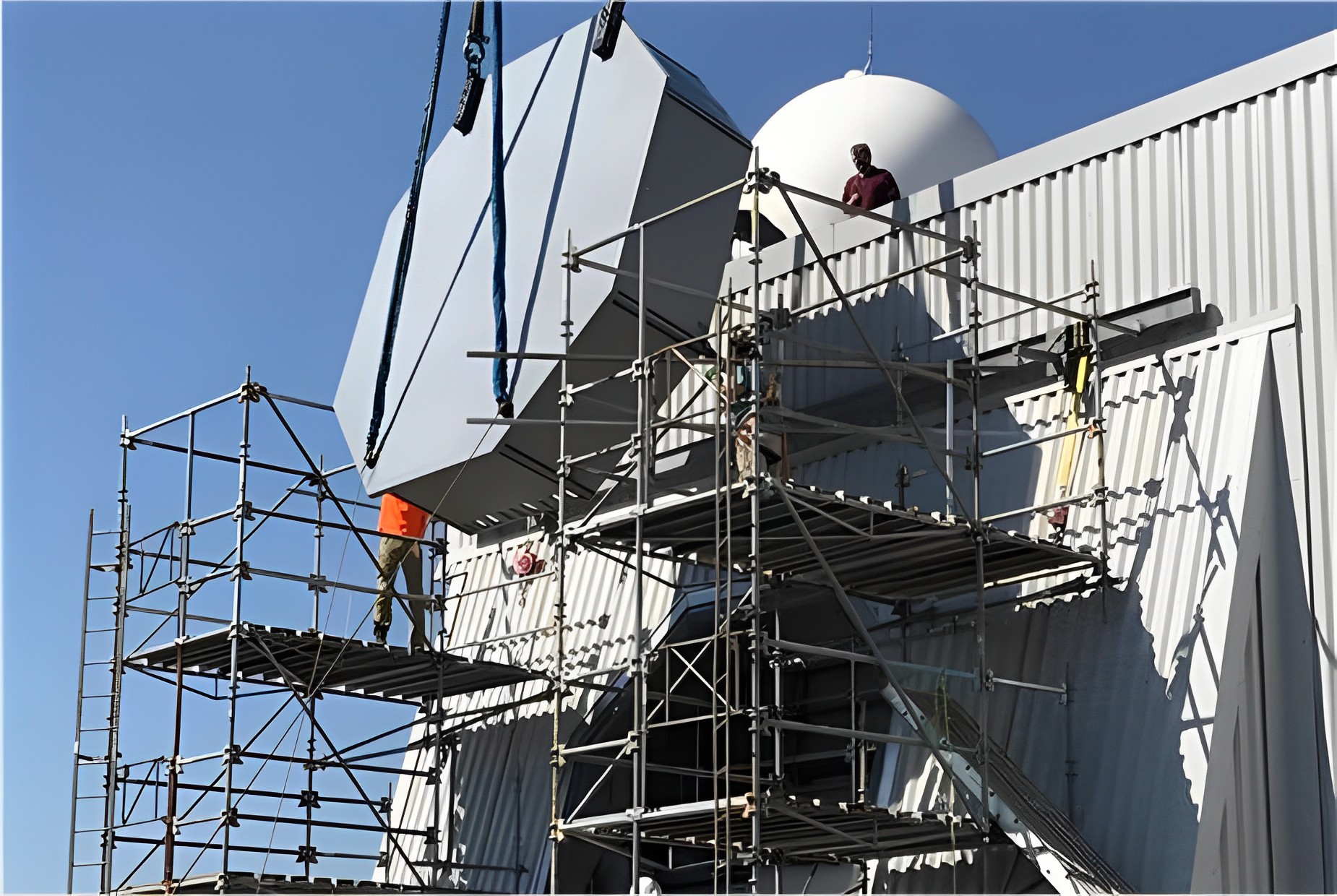Breaking news
CAES wins contract $200 million contract to provide AN/SPY-6 radar to Navy.
According to a PR published by CAES on August 25, 2023, the firm has secured a $200 million contract from Raytheon to provide radar module assemblies for the U.S. Navy's AN/SPY-6 radar systems.
Follow Navy Recognition on Google News at this link
 AN/SPY-6(V)1 Air and Missile Defense Radar System at land-based test site Combat Systems Engineering Development Site. (Picture source: US Navy)
AN/SPY-6(V)1 Air and Missile Defense Radar System at land-based test site Combat Systems Engineering Development Site. (Picture source: US Navy)
The two firms have previously worked together on the SPY-6 initiative, with CAES already initiating hardware deliveries. This renewed contract highlights the ongoing collaboration between CAES and Raytheon and CAES's capability to supply components for the SPY-6 radar, meeting the U.S. Navy's operational needs.
AN/SPY-6 radar
The AN/SPY-6 is an advanced air and missile defense radar system developed for the United States Navy. It is an active electronically scanned array (AESA) radar that operates in the S-band frequency range, providing a 360° azimuth coverage and from the horizon to the zenith in elevation. The radar is designed to offer integrated air and missile defense capabilities for various naval platforms, including the Flight III Arleigh Burke-class destroyers.
The radar system is modular, with each sensor array assembled from Radar Modular Assemblies (RMA), which are self-contained radar modules. This modularity allows for scalability, ensuring that the radar can be tailored to fit different ship classes and mission requirements.
The AN/SPY-6 radar system consists of two primary radars and a radar suite controller (RSC) to coordinate the sensors. The S-band radar is responsible for volume search, tracking, ballistic missile defense discrimination, and missile communications.
The system also includes an X-band radar designed for horizon search, precision tracking, missile communication, and terminal illumination of targets. Both the S-band and X-band sensors share functionalities, including radar navigation, periscope detection, and missile guidance and communication.
One of the significant advancements in the AN/SPY-6 radar is its sensitivity. The radar is reported to be 30 times more sensitive than its predecessor, the AN/SPY-1D(V), allowing it to counter large and complex saturation attacks.
Additionally, the radar can form a network of bistatic radars, where forward-deployed sensors work in receive mode while being illuminated by separate transmitters.


























